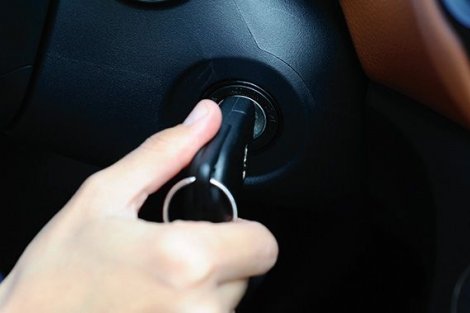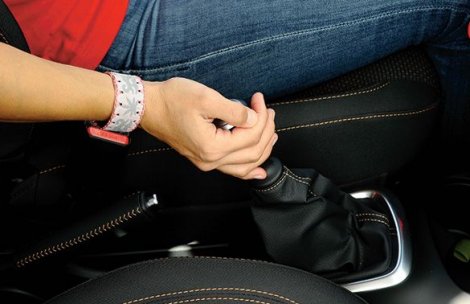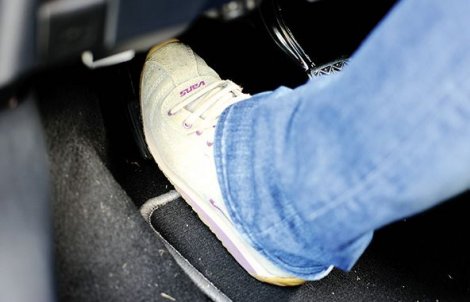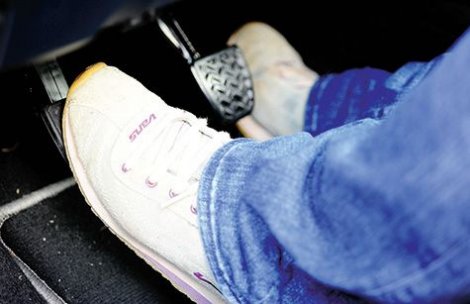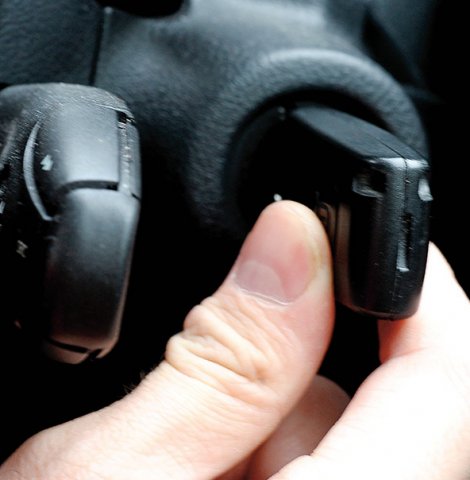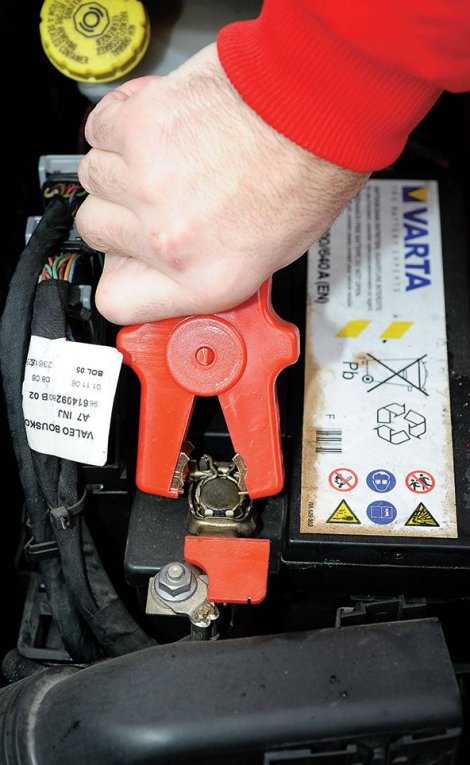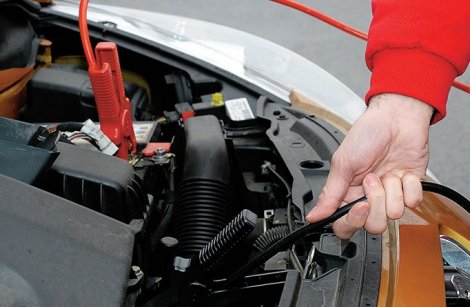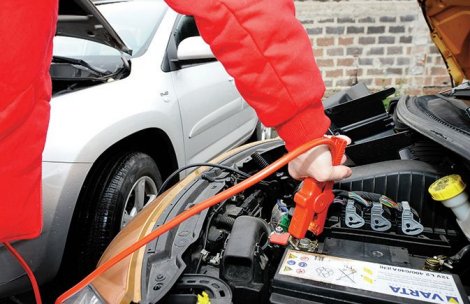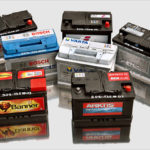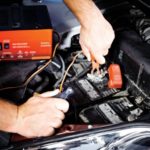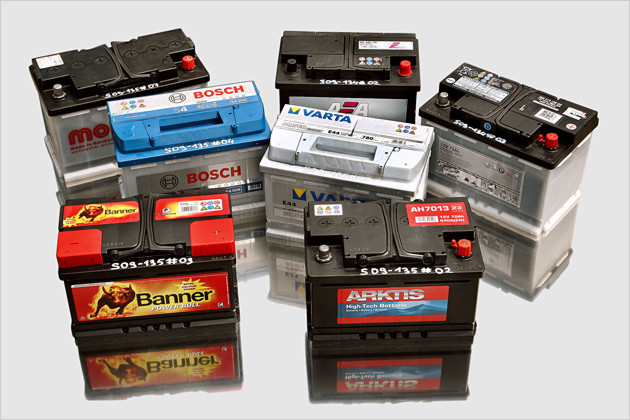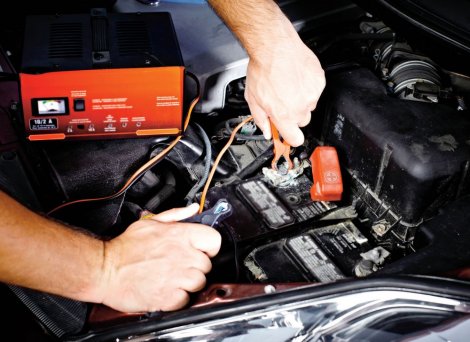When the battery issues
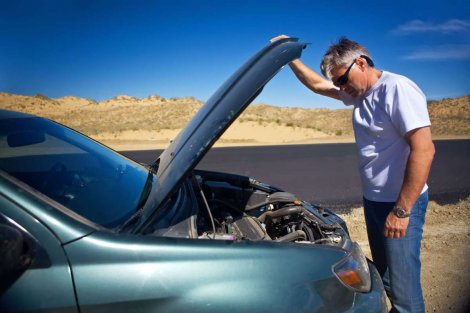
Battery
There is no worse feeling than when you turn the key and nothing happens. The engine makes no sound, the instruments are "dead" - everything is clear, the battery has issued. Here's what we have at our disposal to get it running again.
Traditionally, autumn is the period when the battery failure season slowly begins, and it simply culminates during the winter and the first frosts. Indeed, a flat battery is a real pain for the car owner, and in that case, it is easiest to call for help on the road and wait until they come and solve the problem. However, we do not all have the money to pay for roadside assistance services, so it is more realistic to rely on the help of friends and our own resourcefulness.
In this situation, you have three options - recharge the battery, start with cables and start on the "push". None of these options are ideal, and we have listed them in order from least bad to worst. The ideal option would be to connect the battery to a charger and return it after charging. The problem is that rarely does anyone have time to wait for the battery to be charged (which can last over ten hours), but they still decide on the classic methods of starting with cables or pushing. Starting with cables is simple and easy to do, but the problem is that in this way you drastically reduce the life of the battery. Pushing the car should always be your last option, especially if you have never tried this before because it requires a certain skill in handling vehicle commands and can be risky for the health of assistants who help you start the car with a "push". In any case, whatever option you choose, here's what to do.
How to properly start a car on a "push"
1. Contact should be given to begin with. In the case of a car with a key card, this means a short press on the engine start button.
2. Switch to second gear (some advise the third, but the prevailing opinion is that the second is the right choice because the car can start at a slower speed).
3. Depress the clutch pedal, if you are downhill you can go on your own, otherwise you will need an assistant. Hold the clutch until you reach 10 to 15 km / h.
4. Release the clutch pedal abruptly while pressing the throttle control. If the engine is starting, react lightly and depress the clutch pedal to stop it.
Potential problems when pushing a vehicle
• The easiest to start are older cars with simple injection systems.
• Carburetor gasoline engines and classic, atmospheric diesel engines. They can be started even when the battery is completely empty. Other, more modern engines can have a lot of problems.
• Dizel-aggregates have cylinder heaters which, as their name suggests, preheat the inner cylinder before igniting the mixture. In case the battery is completely empty, the heaters are not able to perform their function, so such an engine is very difficult, not to say impossible to start on the "pusher". This is especially pronounced in older, poorly maintained and high-mileage engines that share a low degree of compression.
• If the battery is completely discharged in a car with an electrically driven fuel pump, there may be problems starting on the "push". Without at least some electricity in the system, the pump does not run and fuel does not reach the engine
• A similar problem can occur with vehicles with computer-controlled fuel injection. If the battery is empty, the electronics will not activate the injectors and nothing from starting the engine.
• Cars with automatic transmission are very difficult to ignite on the "push" because their mechanism is not able to change the gear without the pressurized oil that is generated while the transmission oil pump is running, that is, when the battery is correct and charged
• Pushing a car risks injury, especially if you are pushing a heavier car. Particularly inconvenient is the strong jerk that occurs when a person sitting in a car releases the clutch control. If the "pushers" do not move in time, they risk spinal injuries and limb fractures due to twitching. In any case, pushing is a physically hard job and whoever is not physically ready is better not to accept it.
Cable start - when the battery runs out
Starting with cables is possible on all batteries, regardless of age. However, be aware that this way of starting can also damage the battery because at a given moment a large amount of uncontrolled energy is injected into the discharged battery, so this method should be avoided when possible. However, if you don't already have a choice, follow the instructions and our photo-comic that we give on this page. The only way to start the engine is to find another car and starting cables. Here, of course, a certain procedure must be followed, and the most important thing is to follow the instructions of your car:
1. The donor motor should run (all other consumers should be switched off)
2. First connect the red (positive) end of the starter cable to the positive terminal of the empty battery, and then attach the other end of the clip to the positive terminal of the battery from which you are drawing power
3. Then connect the negative (black) end of the cable to the vehicle battery without power, and ground the other end of the cable, or connect it to a metal part of the vehicle with a full battery (best engine block) (check your vehicle manual). You can also put the cable on the negative terminal of a full battery. It may happen at that moment to weld (since a discharged battery consumes electricity immediately)
4. Check that the cables do not come into contact with the exhaust system or belt When connected, start the vehicle engine with a discharged battery and then let it run.
5. After a few minutes, remove the cables in the reverse order from the one you used to place them. After starting, you should drive the car for at least 20 minutes.
Source: vesti.mojauto.rs
Recommendation of similar texts:

Hi there, I am Mladen and I am an auto enthusiast. I started this blog years ago to help like minded people share information about latest cars, car servicing ideas, used car info, exotic cars, and auto technology. You will find helpful articles and videos on a wide variety of cars - Audi, Mercedes, Toyota, Porsche, Volvo, BMW and much more. Ping us if you have anything cool to share on latest cars or on how to make older cars more efficient, or just want to say hi!

